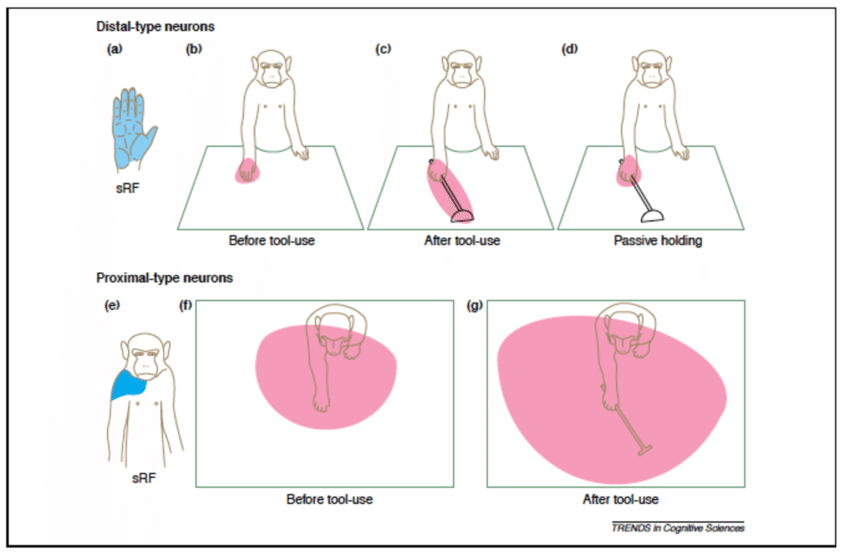Nolwenn Maudet
User-Centered Design
slides.nolwennmaudet.com
User-Interface Class
Igarashi-sensei,
University of Tokyo
June 20th, 2019
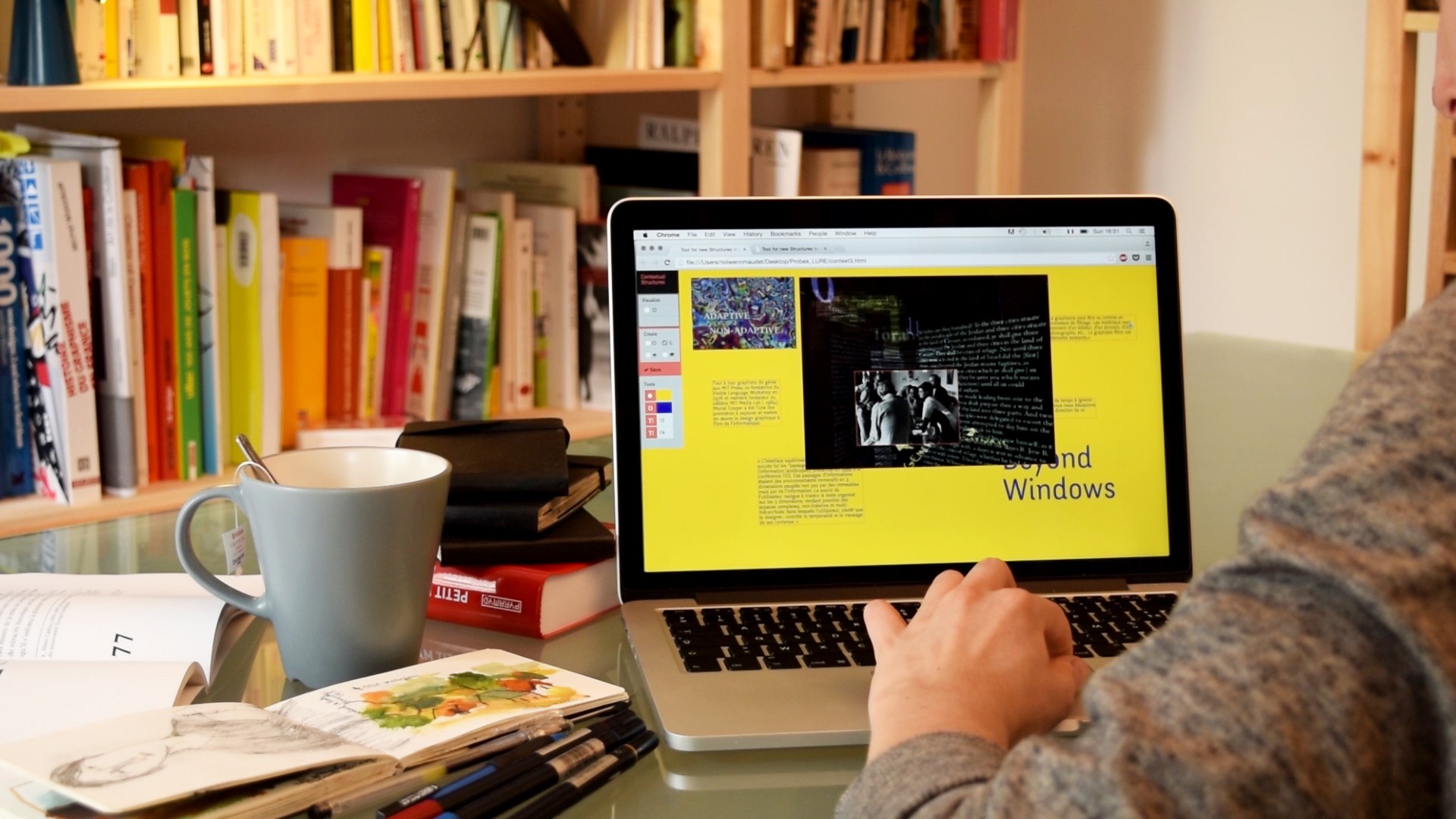
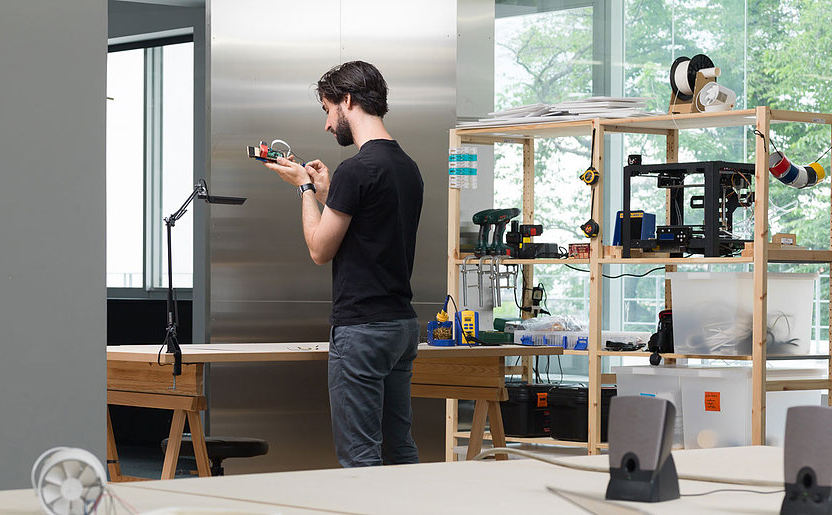
Who am I?
▪ Interaction Designer
▪ PhD in Human Computer Interaction at Inria
▪ Post-doc
at Tokyo University
Introduction
Who are we
designing for?

People and Technologies
are entangled.
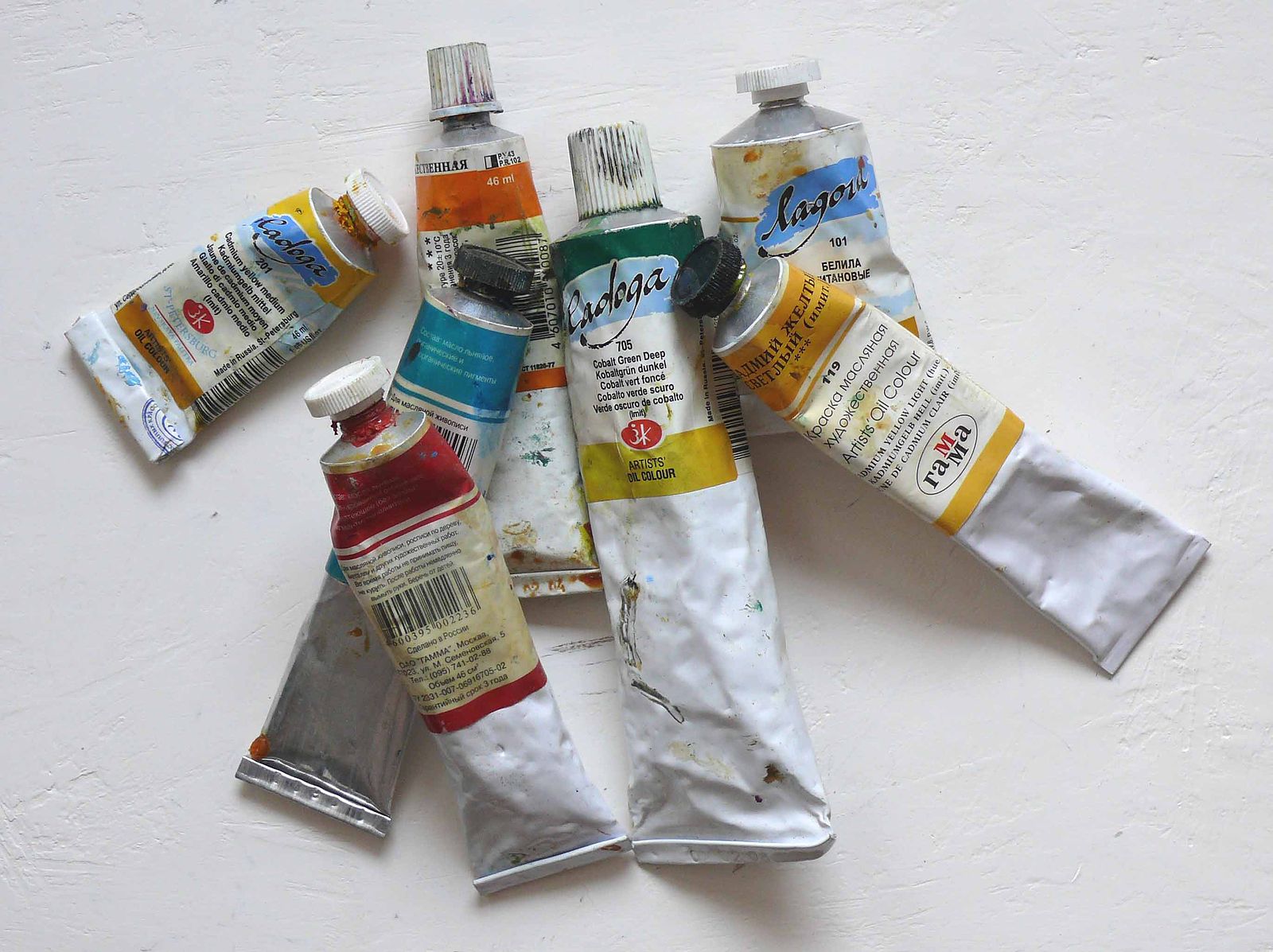
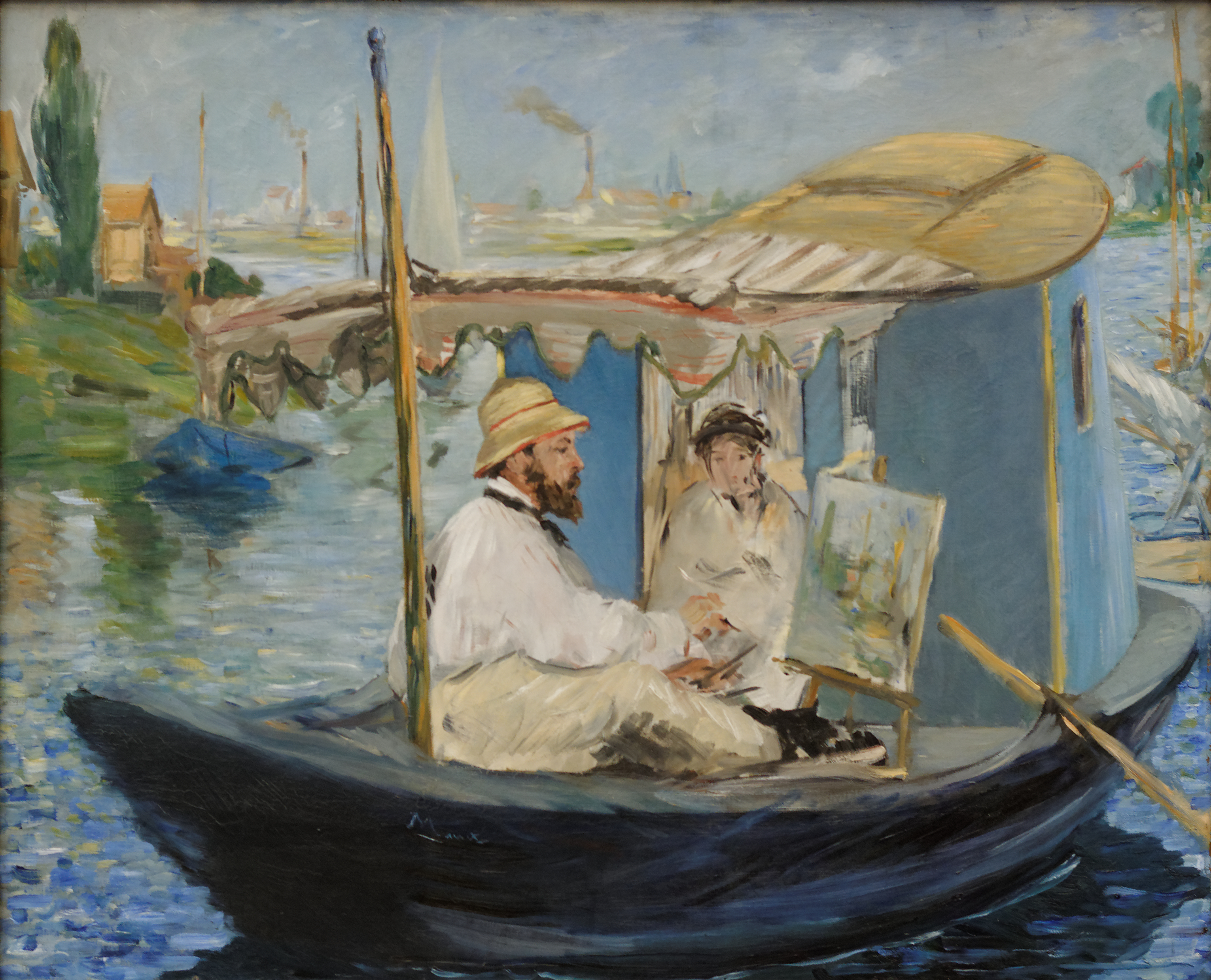
"Claude Monet peignant sur son bateau" by Edouart Manet, 1874
The Paint Tube Revolution
“without colors in tubes, there would have been no Cézanne, no Monet, no Sisley or Pissarro” - Jean Renoir
Article on the paint tube revolution, 2014
Designing from
a technology perspective
"Silence, We Are Dreaming", Mœbius, 1991

Designing from
a user perspective
"Tokyo Compression", Michael Wolf, 2010
If I had asked people what they wanted, they would have said faster horses
- (maybe) Henry Ford
When involving users
in the design?
① Gathering insights from > ② designing with > ③ testing with
— 1 —
Gathering insights
from people


Why studying people?
Understanding both unknown and known contexts.
We know more than what we can say.
The tacit dimension, Michael Polanyi, 1958
Objectives
Identifying problems.
Identifying existing strategies.
Methods
for gathering insights
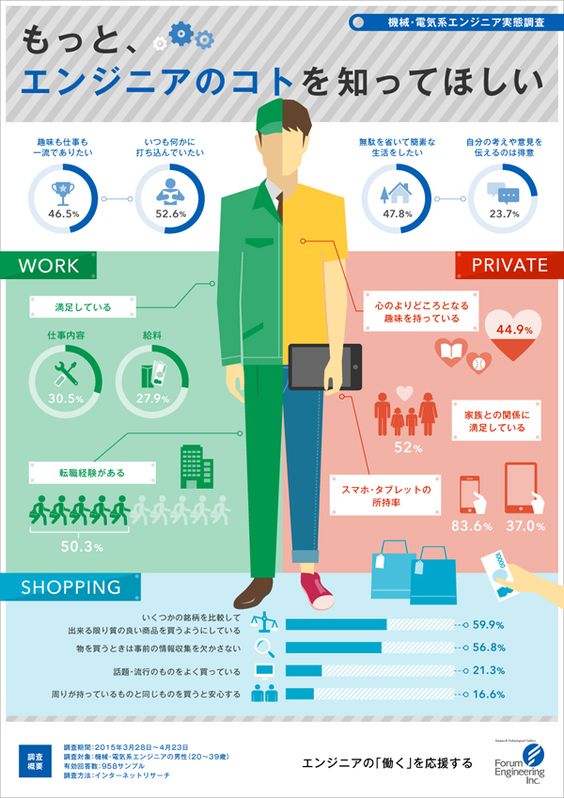
Questionnaire
Pros: getting a broad vision
Cons: lack of specifics

Observation
Pros: capturing details
that people are not aware of
Cons: time-consuming, limited access
to inner experience
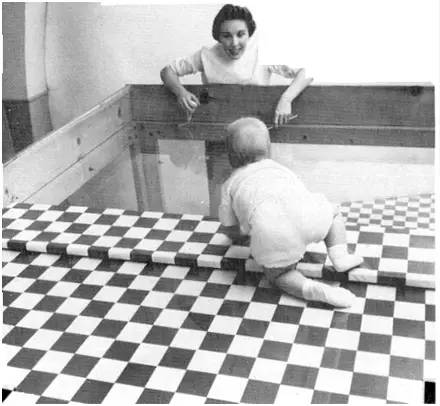
Experiment
Pros: understanding causal relationships
Cons: far from daily life experiences
Eleanor Gibson, Visual Cliff Experiment, 1960
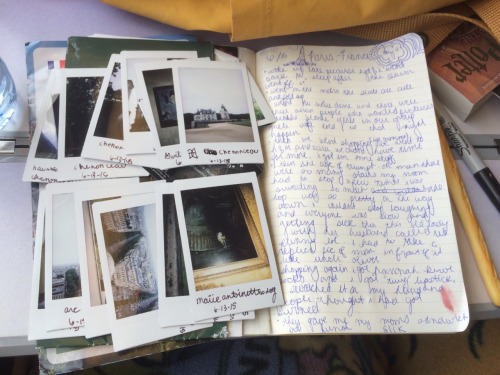
Diary Study
Pros: Revealing evolution over time
Cons: time-consuming for you and the participants

Interview
Pros: capturing detailed stories
Cons: relies on memory and people's perception
Focus on Interview

Contextual Inquiry
Interviewing people in context, using artifacts and documents as probes.
Contextual Inquiry, a participatory technique for system design, Holtzblatt & Jones, 1993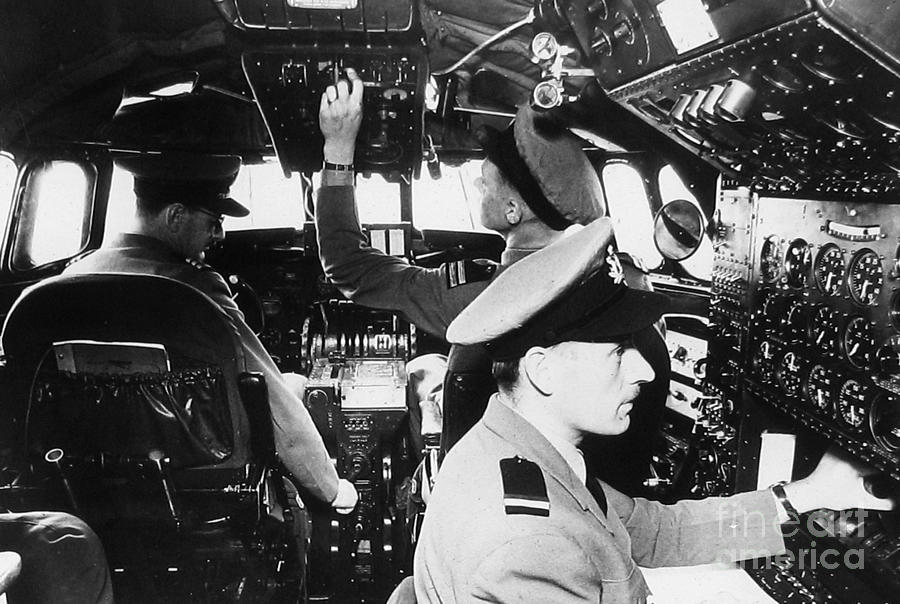
Critical Incident Interview
People remember better strongly emotional moments, positive and negative.
Flanagan, J. C. (1954). The critical incident technique. Psychological bulletin, 51(4), 327.Exercise !
Let's interview each other on photo editing practices
In pairs, 5 min each
Goal
"uncovering surprising uses of photo editing habits"
Do people anotate photos?
Why do people edit photos? (use cases)
How do they do it? (software, specfic tools...)
...
Key rules
-we want stories
-empathy is key
-facts over opinions
-only open questions
-respect privacy
always probe for specific details
you can always abstract from details but you can not create details from abstractions
Key Questions
When was the last time that ?
Can you give me an example?
Red Flags
Generally, I do this
Interviewing as fishing
if something caught on, probe deeper
Good interview sign
The interviewee feels that they have learned something about themselves.
Be a proactive Interviewee
You can talk about other people's experiences
You can talk about a related story
Your Turn!
Turning Interviews
into design ressources
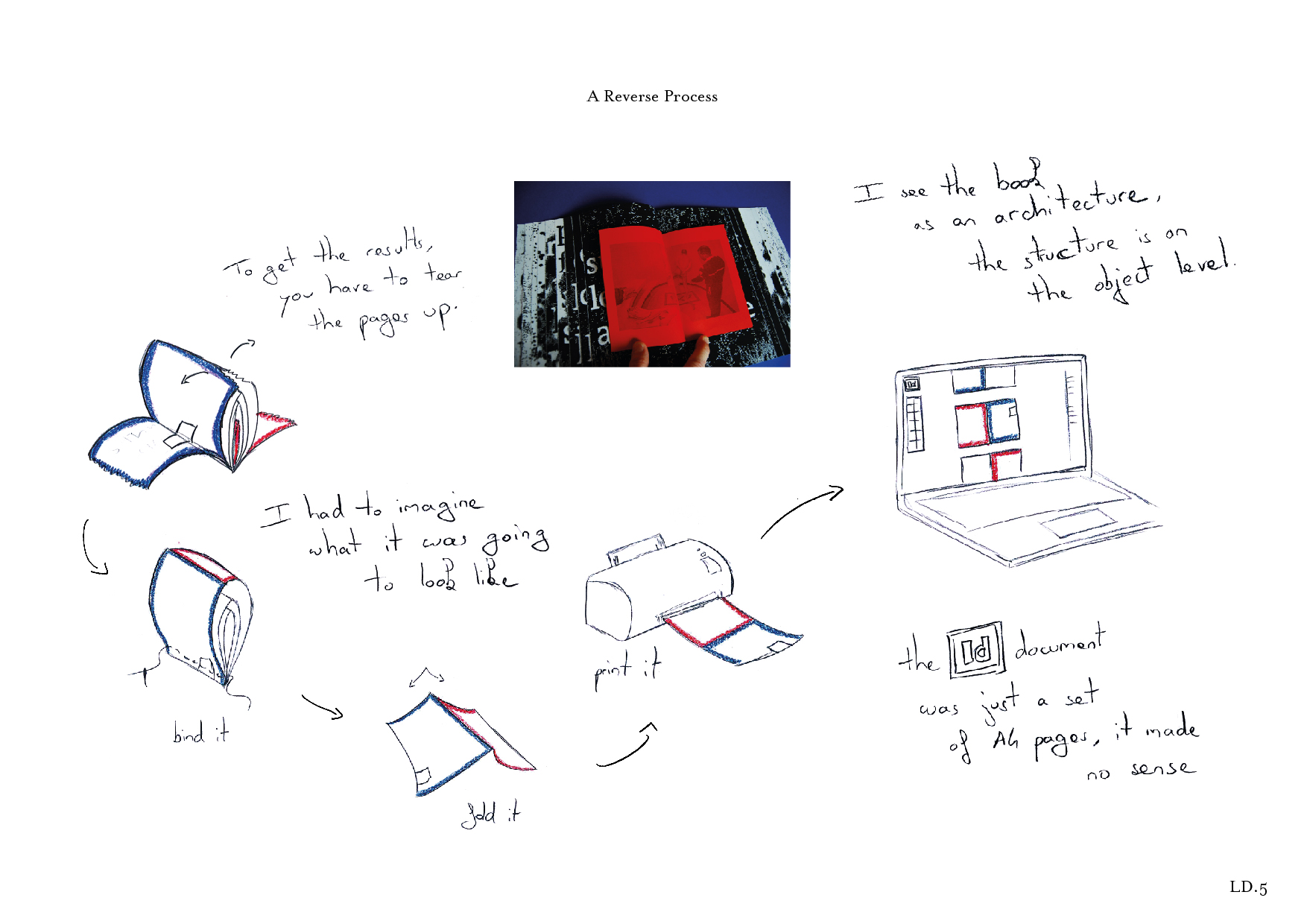
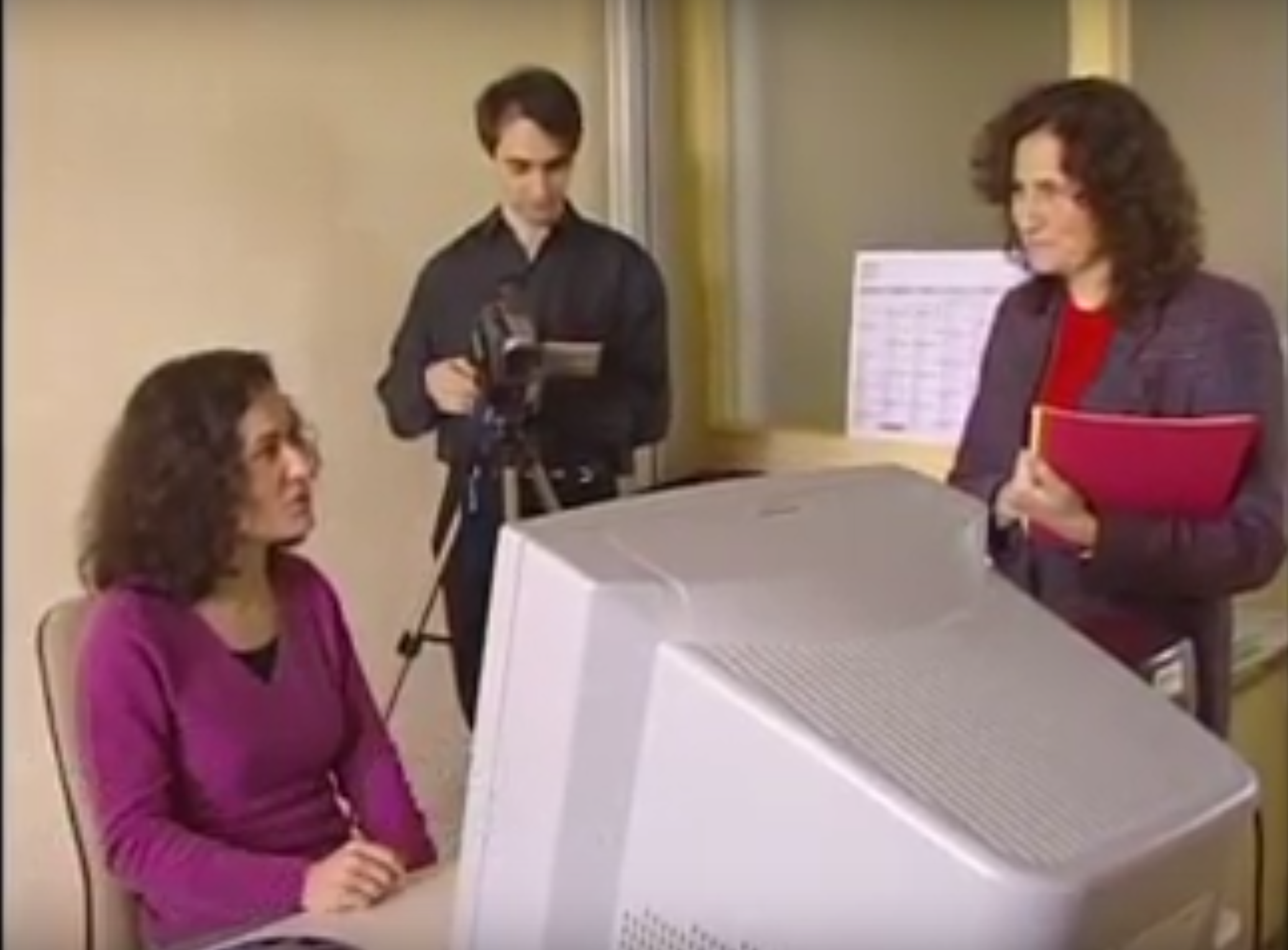
Representing Interviews
-StoryPortraits
-Pseudo-documentary
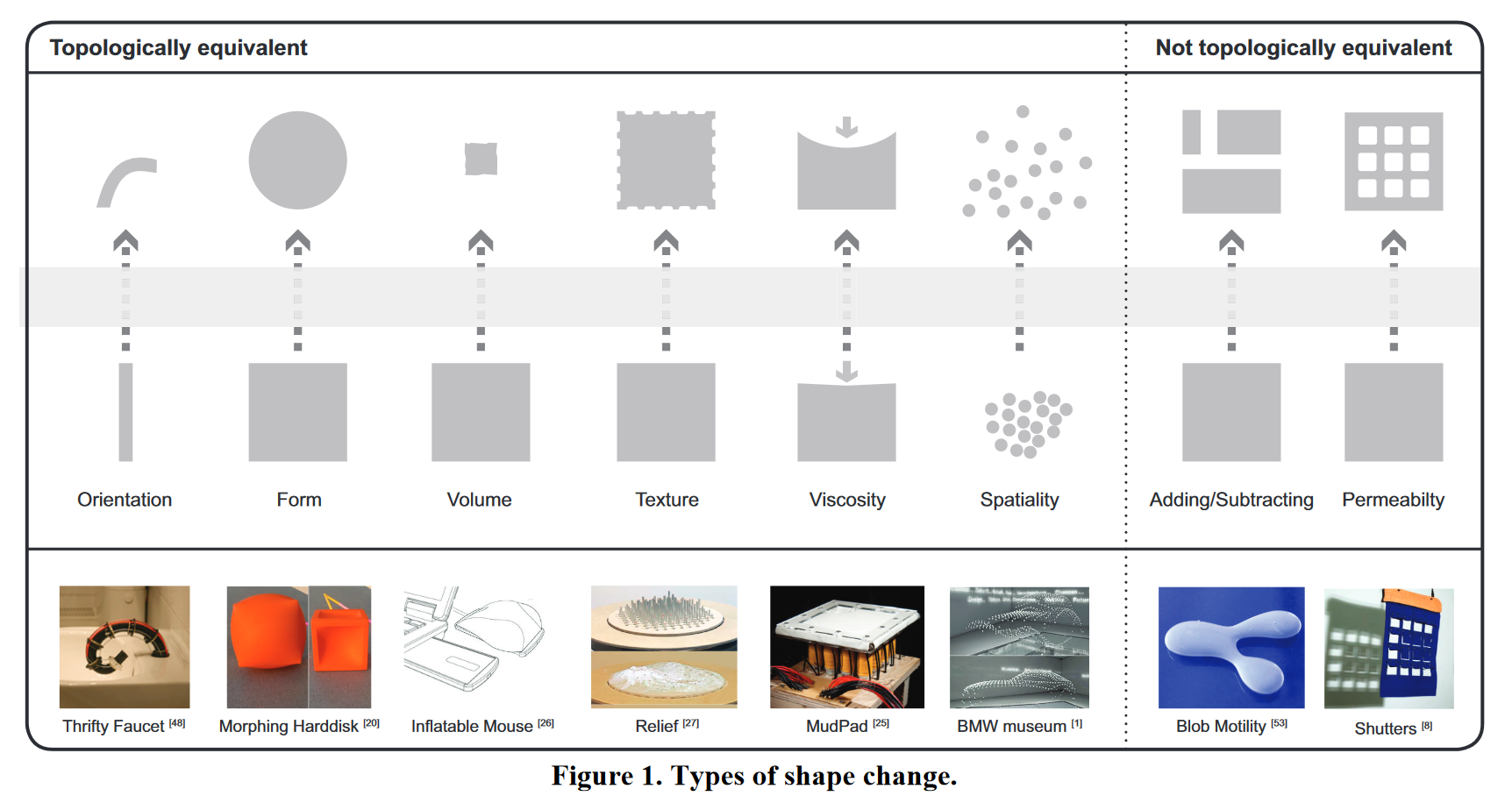
Analysis technique
-Thematic Analysis
-Design space
— 2 —
Designing
with people
Why designing with people?
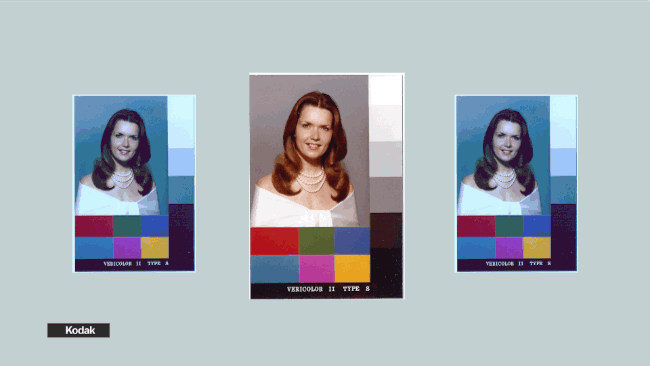
The limits of empathy
Not including people can
end up excluding them
A Good Example
Genesys (1970), by Ron Baecker. First animation creation tool, created and tested with animators
Methods for involving people

Persona
Goal: Crafting specific user targets
Issue: Hard to avoid stereotypes and generalisation
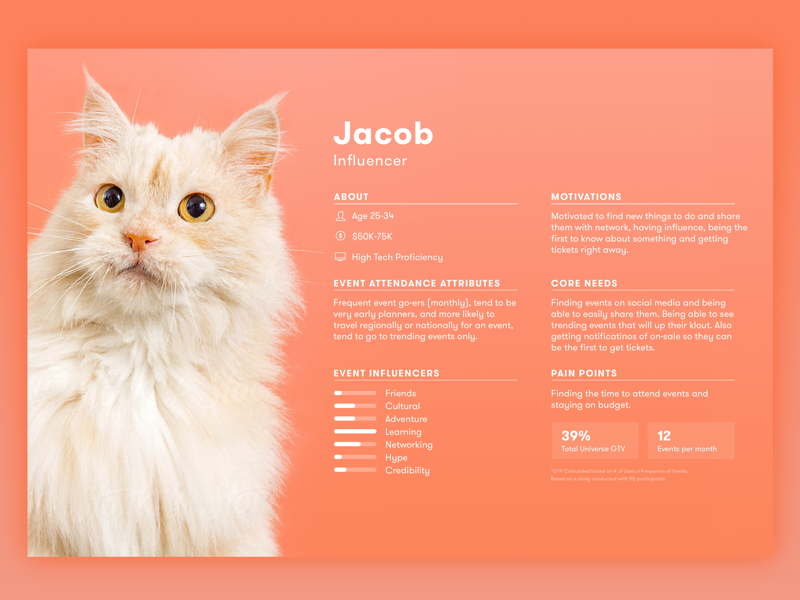
Extreme Persona
Example: a professional athlete and someone with back pain for a running app
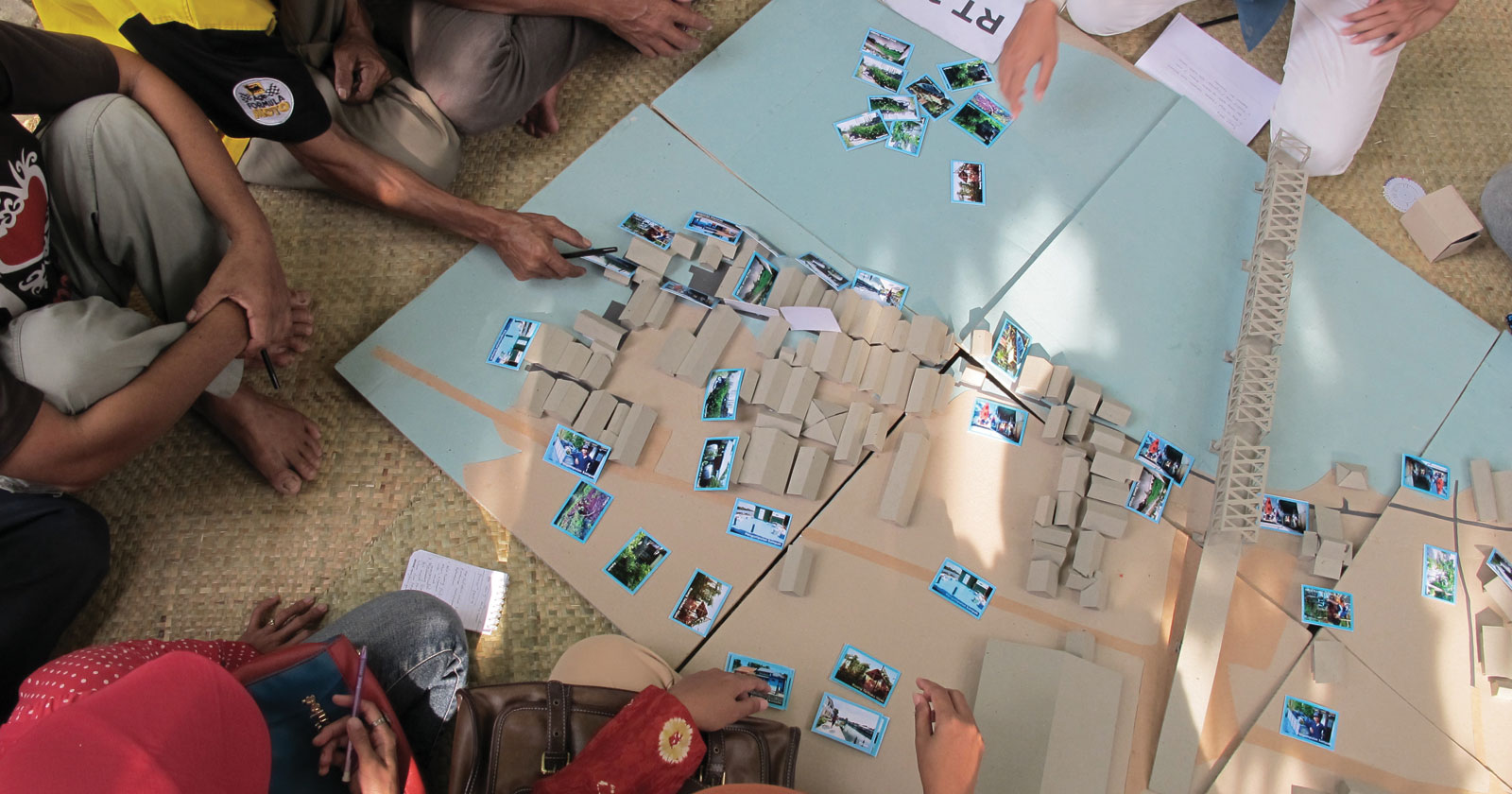
Participatory Design
Goal: Including people in the design process. Viewing users as experts
History of Participatory Design in Scandinavia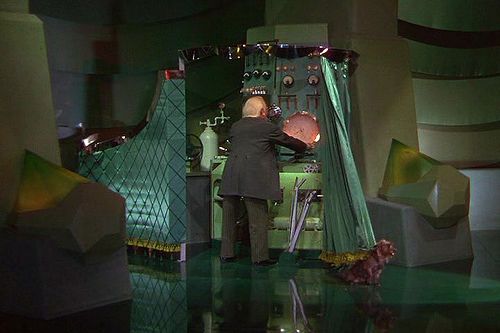
Wizard of Oz
Exploring potential technologies by acting them out, Nigel Cross
John Maeda - Human Powered Computer Experiment (1993)Socio-technical Principles
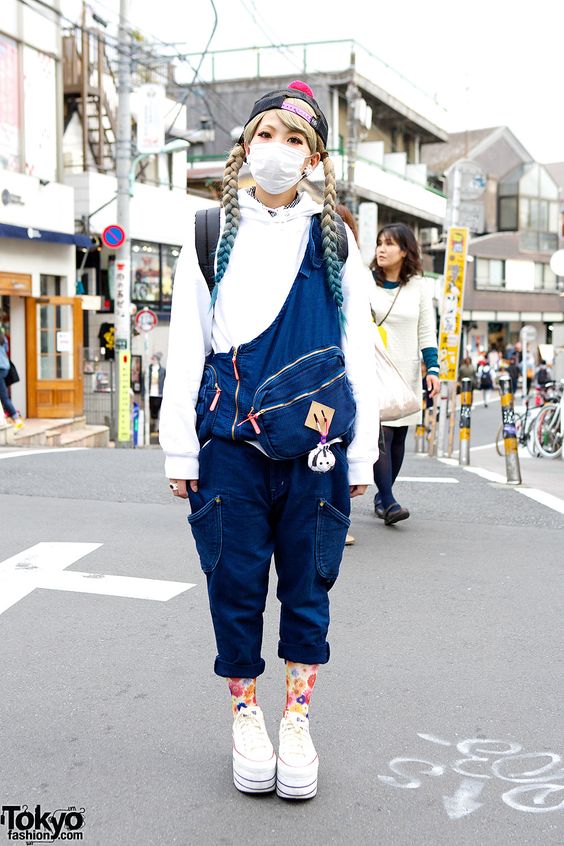


Co-Adaptation
People adapt to technology
and adapt it to their own needs.
(Wendy Mackay)

Situated Action
We construct our plan as we go along the situation, reacting to it.
(Lucy Suchman)
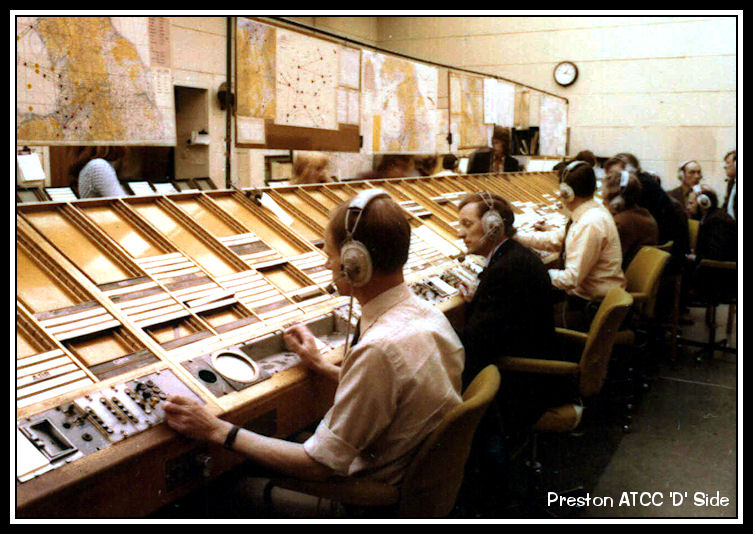
Distributed Cognition
We off-load and extend our cognition
into artifacts.
(Edwin Hutchins)
Exercise !
Let's use these principles
In pairs, 5 min
Goal
How many examples of these principles can you find?
Try to find at least 2 per principle
Design Principles
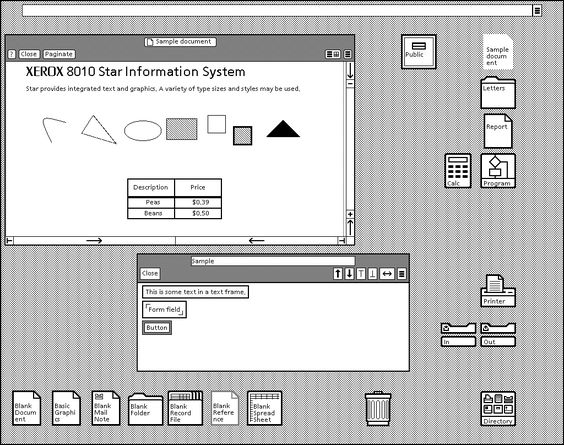
Design as a metaphor
One of the most used design strategy. Limitation: restricting the design possibilities
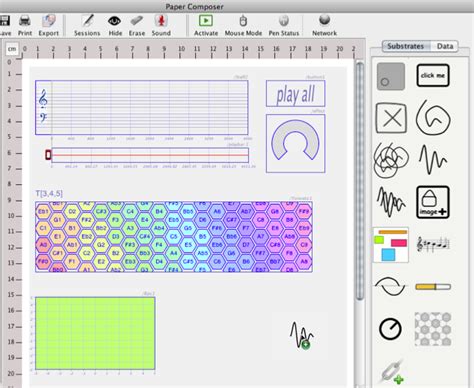
Substrates
separating data from vizualisation.
Giving several viewing
opportunities.
Exercise !
Let's use these principles
In pairs, 5 min
Goal
Google Map
Photo Editing
Can you think of something to reify and reuse?"
— 3 —
Testing
with people
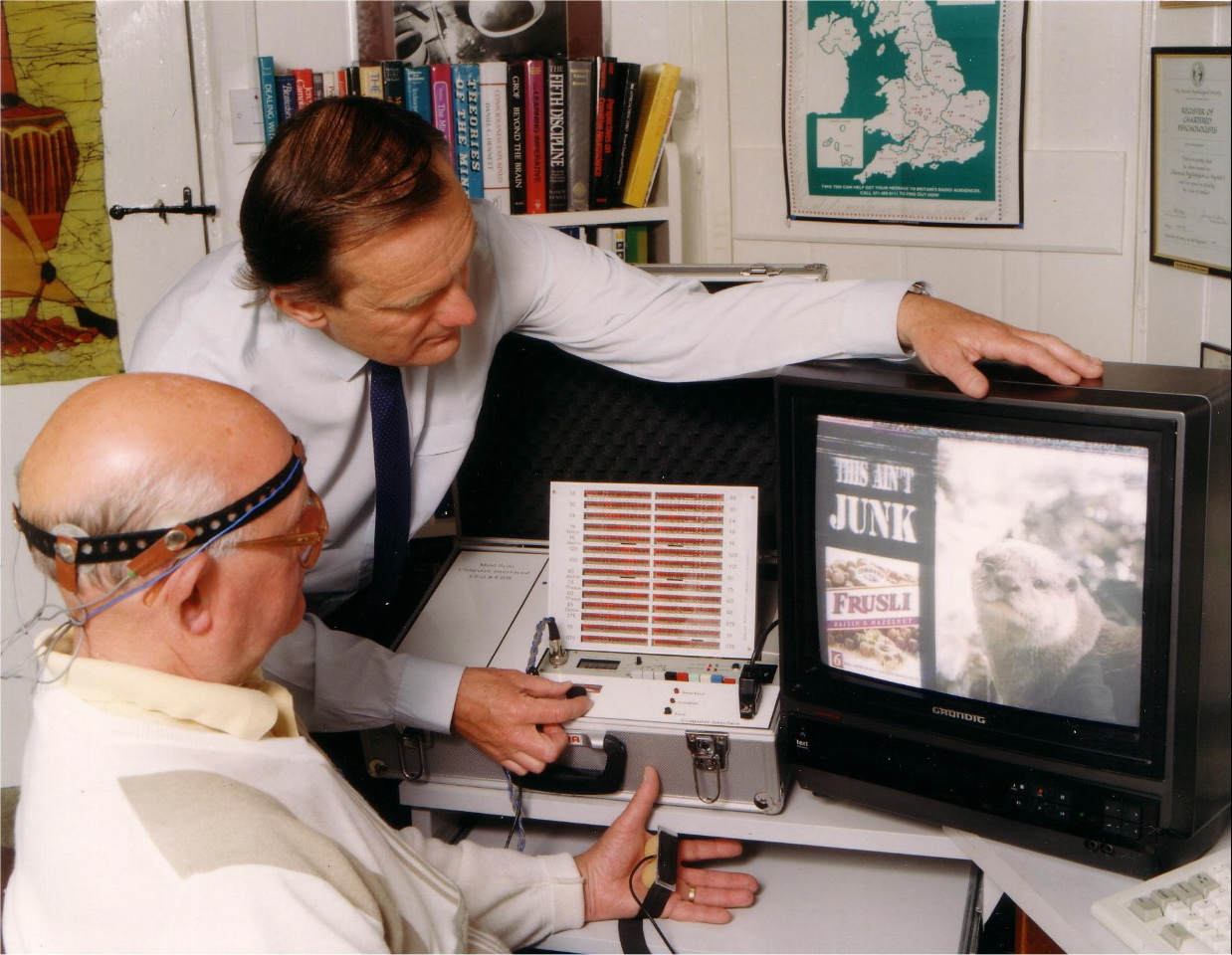
Usability Studies
Goal: making sure people can use it. Limitation: Doesn't answer broader research questions.
Overview of quantitative evaluation methods, Norman GroupLab Experiments
Goal: understanding human phenomena or understanding interaction variations
Limitation: very limited ecological validity
Structured Observation
Goal: Comparing how people
are using tools.
Limitations=: Still not fully ecologically valid
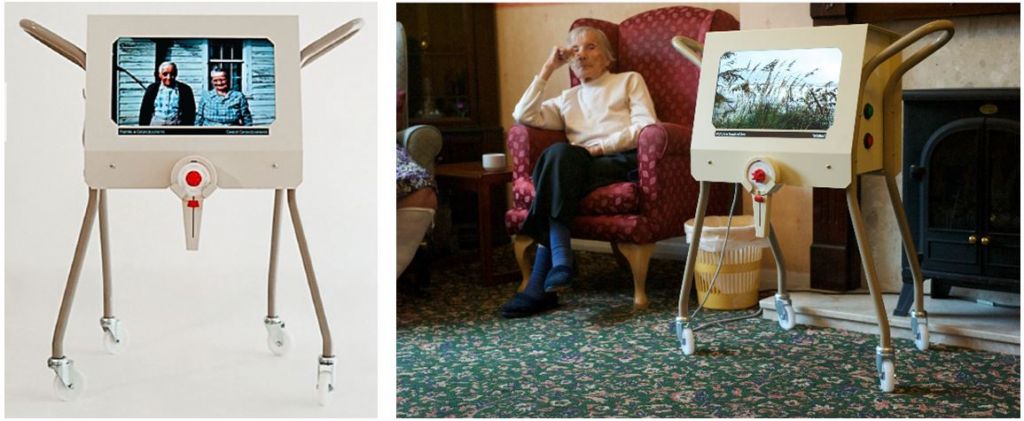
Technology Probe
Goal: understanding appropriation
The photostroller Hutchinson, H., Mackay et al. (2003, April). Technology probes: inspiring design for and with families. In CHI 03 (pp. 17-24). ACM.— 4 —
Personal Use Case
Conclusion
Understanding People
Ressources
Merci
ありがとうございます
Special thanks to Wendy Mackay and Michel Beaudouin-Lafon
Slides built with reveal.js.
Fonts: Vesper Libre & Montserrat
